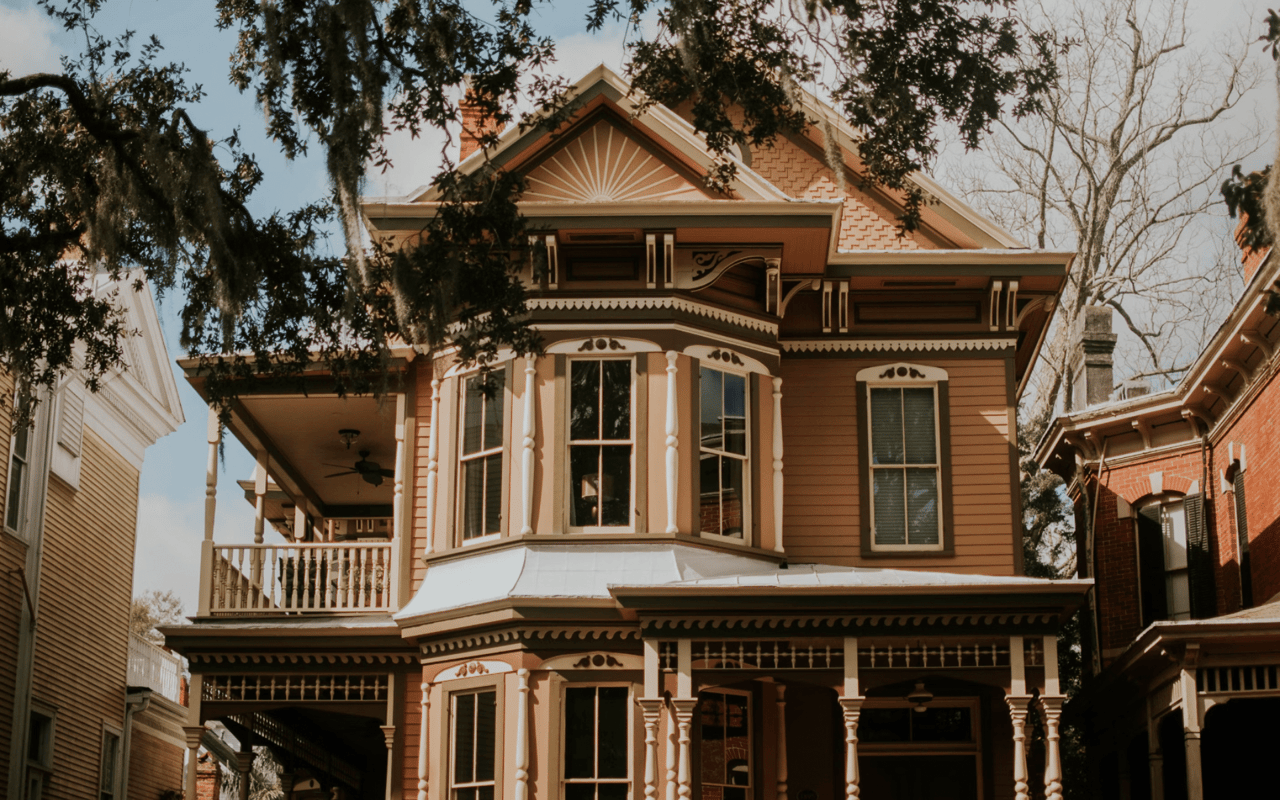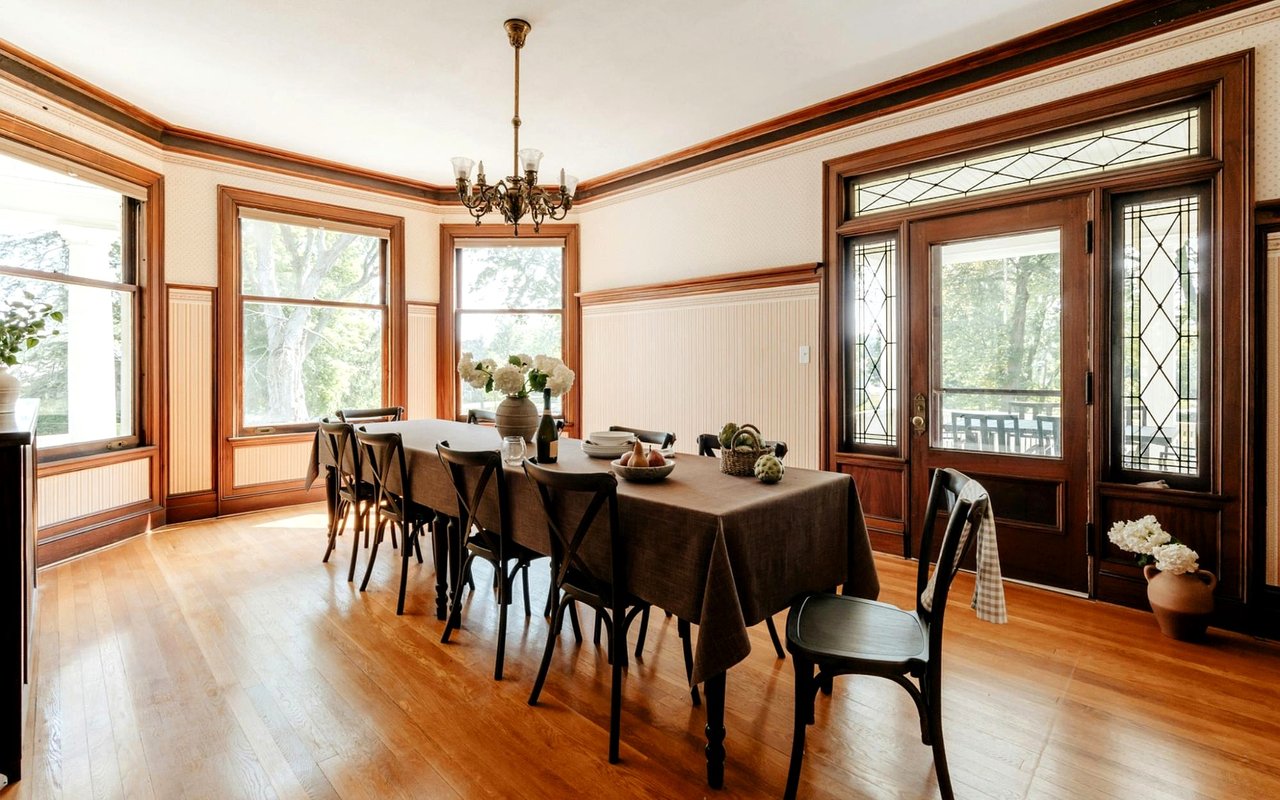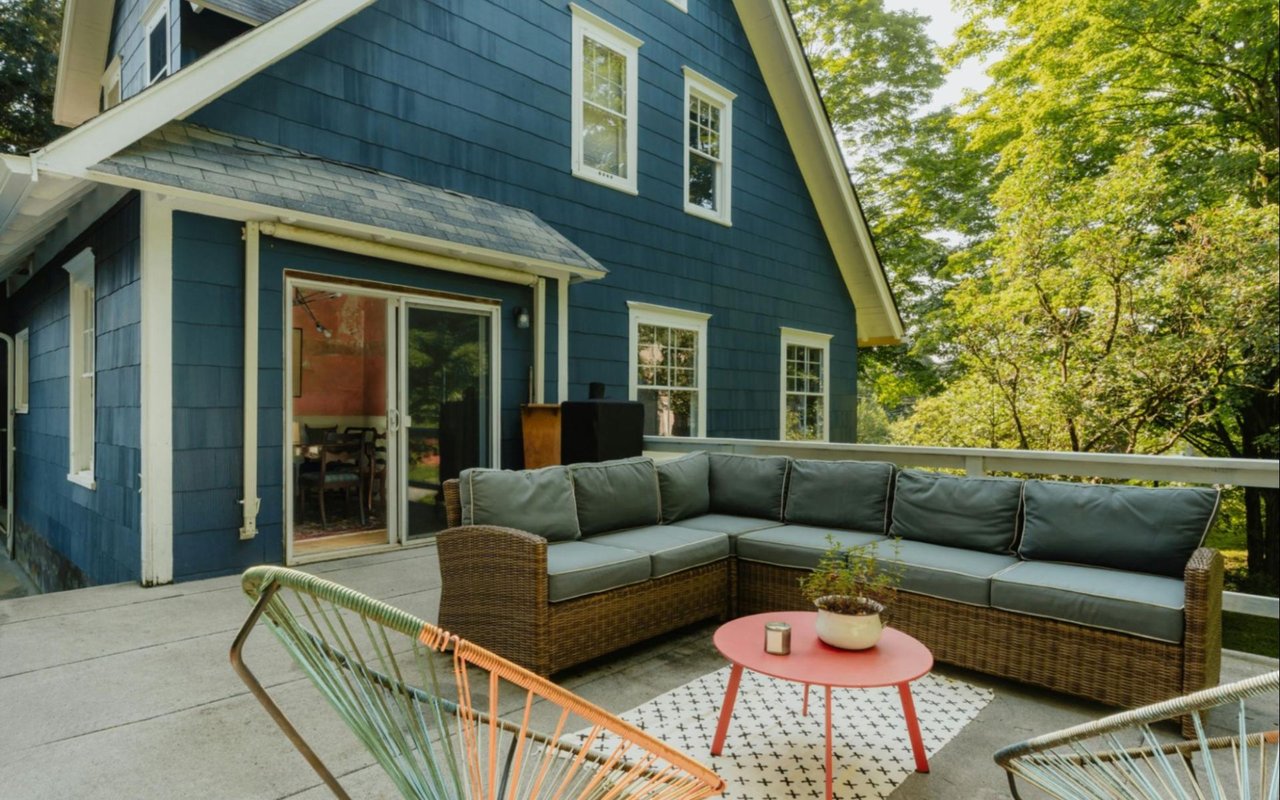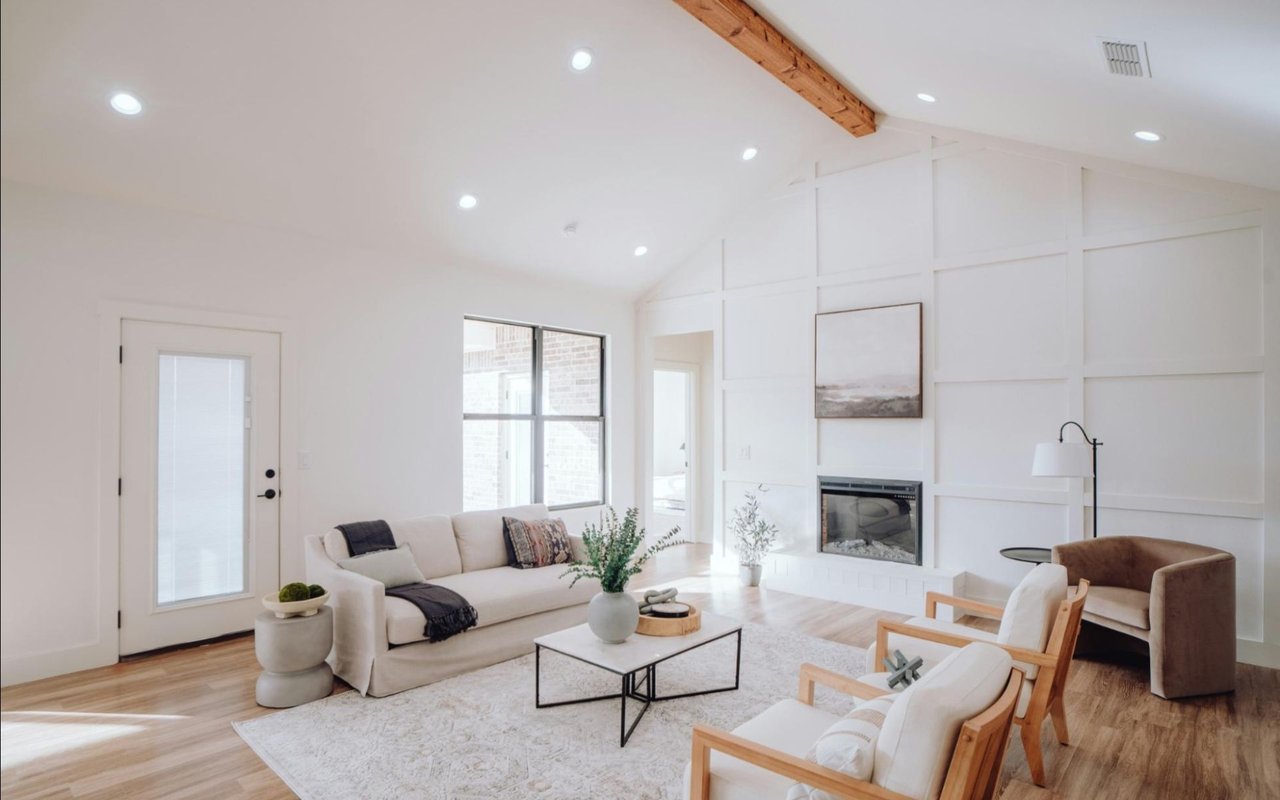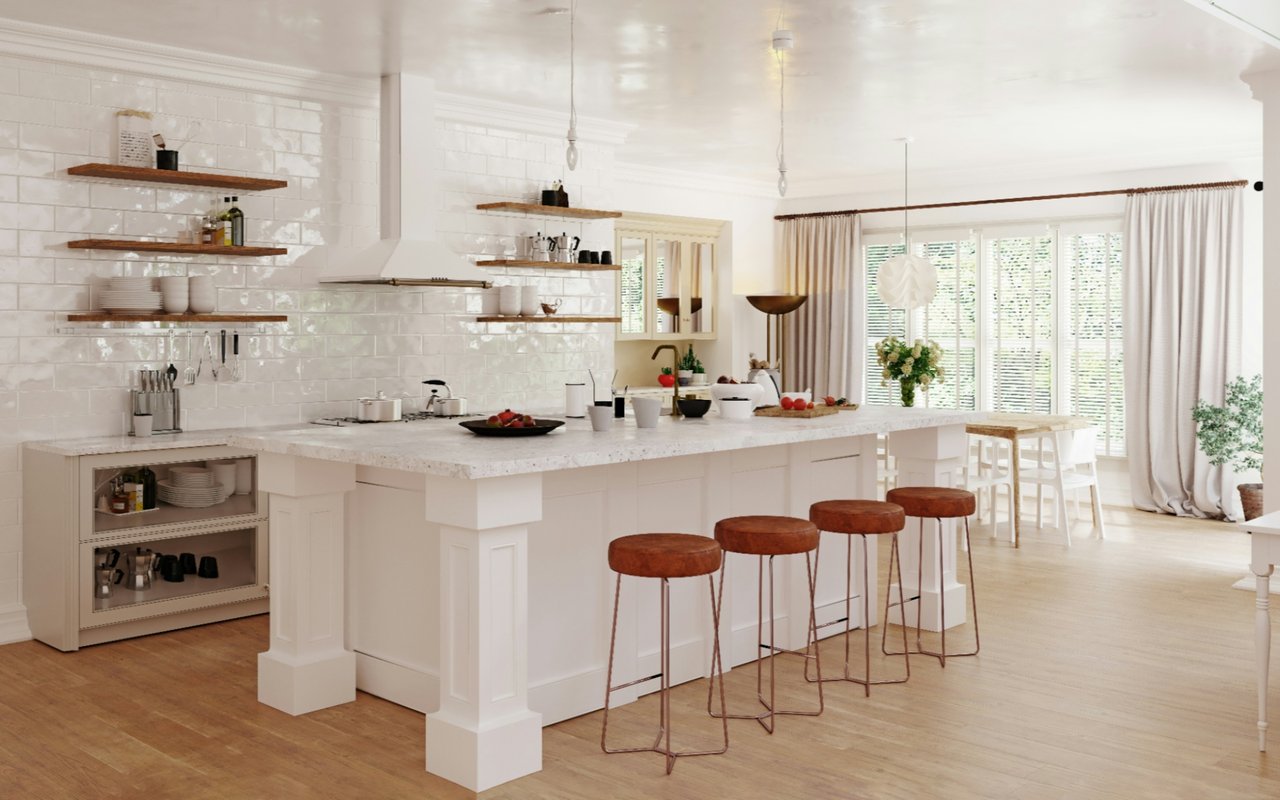Architectural styles not only define the physical characteristics of residential buildings but also encapsulate historical eras, cultural influences, and technological advancements. Each style, with its unique features and aesthetics, appeals to different tastes and lifestyles, influencing home buying decisions and community developments. In this exploration of elegance, we delve into the most popular architectural house styles that have captivated homeowners and architects alike, offering a blend of historical charm and modern elegance.
Colonial Revival
Rooted in American history, the Colonial Revival style first gained prominence in the late 19th century, rekindling interest in the early colonial settlements. This style is characterized by its symmetry, classical detailing, and simple, rectangular shape. Often built with brick or wood siding, these homes usually feature a central front door flanked by multi-pane windows, gabled roofs, and decorative shutters, creating a sense of balanced elegance. The interior of a Colonial Revival home is equally traditional and orderly, with clearly defined rooms and a central hallway.
Craftsman
Emerging from the Arts and Crafts movement in the early 20th century, Craftsman homes prioritize natural materials and handcrafted integrity to counter the industrial revolution's mass production. These houses are known for their low-pitched gable roofs, wide eaves with exposed rafters, and large front porches with thick square or rounded columns. Materials like wood, stone, and brick emphasize an organic connection to their environment. The interior features built-in furniture, woodwork, and an open floor plan, fostering a cozy, welcoming atmosphere.
Mid-Century Modern
The Mid-Century Modern style blossomed from the 1940s through the 1960s, reflecting a new interest in integrating the indoors with the outdoors and embracing minimalistic designs. These homes are characterized by flat planes, large glass windows, and open spaces, favoring a simplistic approach to living. The roofs are often flat or have a slight pitch. The integration of nature and the built environment is key, with sliding glass doors and patios extending living spaces into the surrounding landscape.
Mediterranean
Inspired by the coastal homes of Spain, Italy, and France, Mediterranean-style homes in the U.S. became popular in the 1910s and 1920s, particularly in warmer climates. Distinguished by stucco walls, red tiled roofs, and arches, these homes exude a warm, sun-drenched charm. Balconies, patios, and porticos are common, promoting outdoor living. The interiors often feature tile floors, wrought iron details, and exposed wood beams, contributing to their rustic allure.
Victorian
Named after Queen Victoria, Victorian architecture was prevalent in the late 19th century and is known for its complex shapes, ornate detailing, and vibrant colors. Key features include steeply pitched roofs, bay windows, towers, and turrets. The facades are often decorated with wooden or metal trim and multi-colored paints, presenting a bold statement. Inside, Victorian homes are equally elaborate, with high ceilings, intricate woodwork, and decorative staircases.
Modern Farmhouse
The Modern Farmhouse combines the rustic comfort of a traditional farmhouse with modern design elements. This style features sleek lines, large windows, and a minimalist color palette, contrasting with the classic farmhouse's more ornate and detailed approach. Exteriors are typically white or light-colored with vertical siding, and gable roofs are common. Spacious porches, large kitchens, and open living areas cater to a casual, family-friendly lifestyle, while maintaining a chic, contemporary feel.
Cape Cod
Originating in 17th century New England, the Cape Cod style is recognized for its simplicity and functionality, designed to withstand the harsh Atlantic weather. These homes are small, one to one-and-a-half stories, with steeply pitched roofs, shingle siding, and multi-pane windows. The symmetry of the central door with windows on either side is a hallmark of the style. Interiors are cozy, with wood paneling and fireplaces emphasizing a rustic, homely vibe.
Tudor Revival
Inspired by the medieval homes of England, Tudor Revival architecture came to prominence in America during the early 20th century. Characteristic features include steeply pitched roofs, decorative half-timbering, and tall, narrow windows with small panes. The exterior is often brick or stucco with ornamental framing, presenting a distinctive, old-world appearance. Inside, Tudor homes may feature exposed wooden beams, large hearths, and detailed paneling, enhancing their historic feel.
Each architectural style offers a unique set of characteristics, appealing to different aesthetics and functional needs. Whether one prefers the ornate richness of a Victorian home, the sleek simplicity of a Mid-Century Modern abode, or the warm rusticity of a Mediterranean villa, these popular architectural styles not only reflect personal tastes but also cultural histories and environments. As architectural trends evolve, the enduring charm of these classic designs continues to influence modern living and architectural practices.
Discover your dream home in the DMV with the expertise of Catherine Triantis, a trusted real estate specialist. With extensive knowledge of the luxury market and a commitment to exceptional service, Catherine is your go-to partner for finding the perfect property. Contact her today to start your journey toward owning a luxury home in the DMV region. Visit
Catherine Triantis' website for more information and to schedule a consultation. Don't wait—your ideal home is just a click away!
